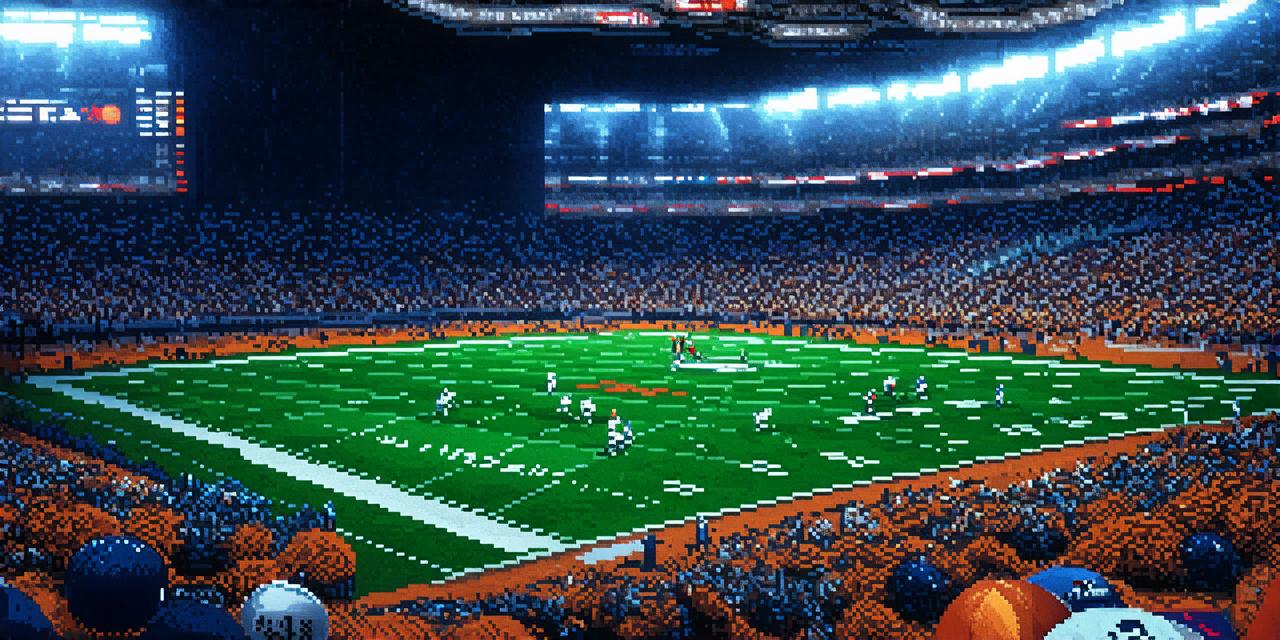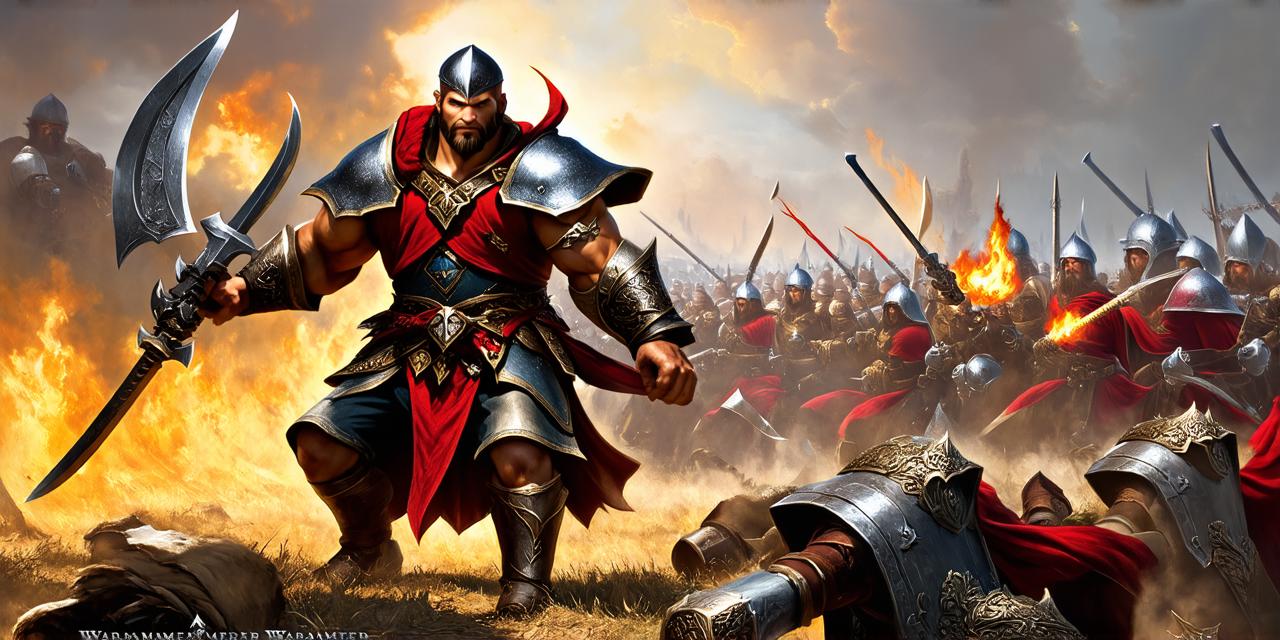What happened to ncaa football video game
The Early Days: From Pong to Tecmo Bowl
NCAA football video games have a rich history that dates back to the early days of home gaming consoles. The first known NCAA football game was released in 1972, called “College Football Simulator,” which allowed players to simulate college football games on an 8×8 grid. However, it wasn’t until the release of Atari’s “Pong” in 1972 that NCAA football would gain widespread popularity.
Pong was a simple 2D sports game that could be played by up to four players. It quickly became one of the most popular games of all time, selling over 28 million units worldwide. In 1980, Atari released “Football,” which featured college football teams and allowed players to simulate games on a 4×3 grid. This game was followed by “Tecmo Bowl” in 1987, which is widely regarded as one of the greatest NCAA football video games of all time.
The Rise of Simulation Games: From Sega Genesis to PlayStation
In the early 1990s, the rise of home gaming consoles like the Sega Genesis and Super Nintendo Entertainment System (SNES) allowed for more advanced graphics and gameplay mechanics. This paved the way for the release of NCAA football video games that featured more detailed player models, real-time physics engines, and advanced AI.
One of the most popular NCAA football games of this era was “NCAA Football ’94” by EA Sports. The game featured 16 colleges and universities, including Notre Dame, Michigan, and Ohio State. It also introduced new features like player stats, injuries, and weather conditions that added depth to the gameplay experience.
The Golden Age of NCAA Football Video Games: Madden NFL vs. NCAA Football
From the mid-1990s to the early 2000s, the debate between Madden NFL and NCAA football video games reached a fever pitch. Both franchises offered unique gameplay experiences that appealed to different types of gamers. While Madden NFL focused on the NFL, NCAA football allowed players to simulate college football games and experience the thrill of recruiting new players, winning championships, and competing against rival schools.
During this time, EA Sports’ NCAA Football franchise experienced unprecedented success. In 2004, the game sold over 5 million copies worldwide, becoming one of the best-selling sports video games of all time. The game also introduced new features like “Be Heisman,” which allowed players to compete for the prestigious Heisman Trophy, and “Dynasty Mode,” which allowed players to build their own football teams from scratch over multiple seasons.
The Decline of NCAA Football Video Games: The Impact of Online Gaming and Mobile Devices
In recent years, the rise of online gaming and mobile devices has had a significant impact on the popularity of NCAA football video games. With the advent of high-speed internet, gamers can now compete with players from around the world in real-time, which has led to a decline in the popularity of console-based games.
Additionally, the rise of mobile gaming has made it easier for people to play NCAA football games on the go. Games like “Madden Mobile” and “NCAA Football ’14” have become popular among casual gamers who want to enjoy the thrill of sports simulations without committing to a full console experience.
The Bright Future for NCAA Football Video Games
Despite these challenges, NCAA football video games have adapted to survive in a rapidly changing market. In recent years, EA Sports has introduced new features like “Dynasty Mode” and “Be Heisman” to keep players engaged and interested in the game. The company has also expanded its reach into new markets, including esports tournaments that feature NCAA football games.
Conclusion: A Bright Future for NCAA Football Video Games

In conclusion, the evolution of NCAA football video games has been a long and fascinating journey. From the simple 2D sports simulations of the early days to the sophisticated simulations of today, these games have captivated millions of fans around the world. While the rise of online gaming and mobile devices has had a significant impact on the popularity of console-based games, NCAA football video games have adapted to survive in a rapidly changing market. With new features, esports tournaments, and a growing fan base, the future of NCAA football video games looks brighter than ever before.


















